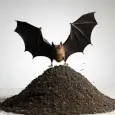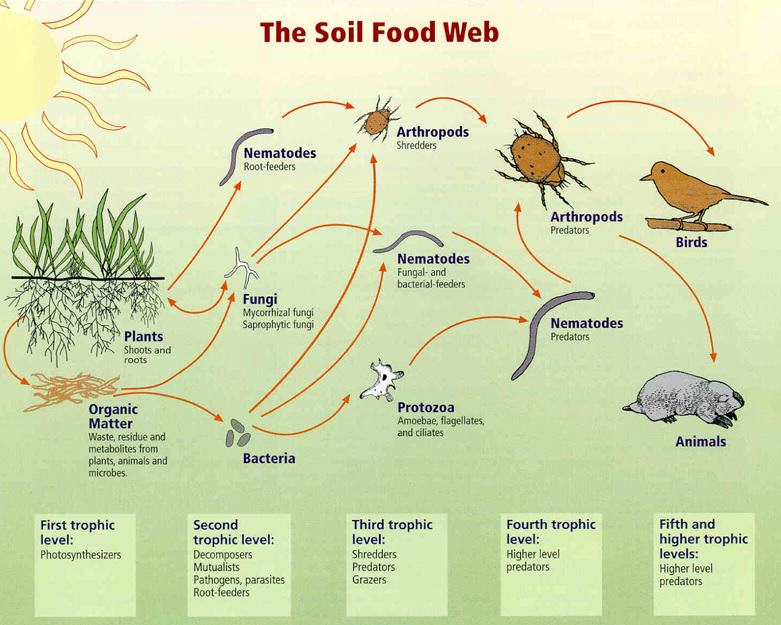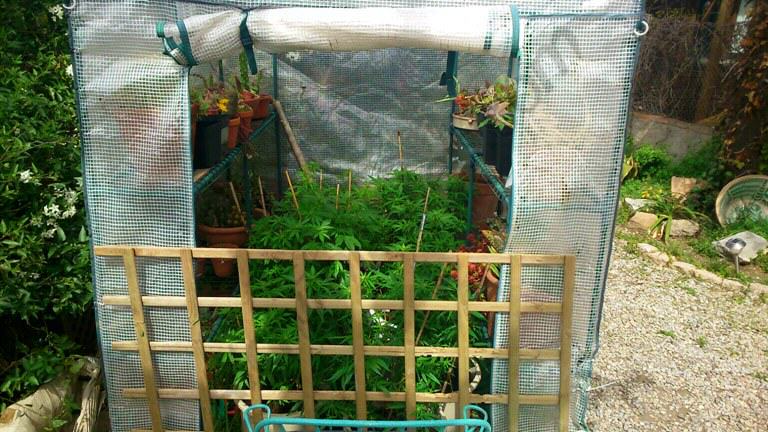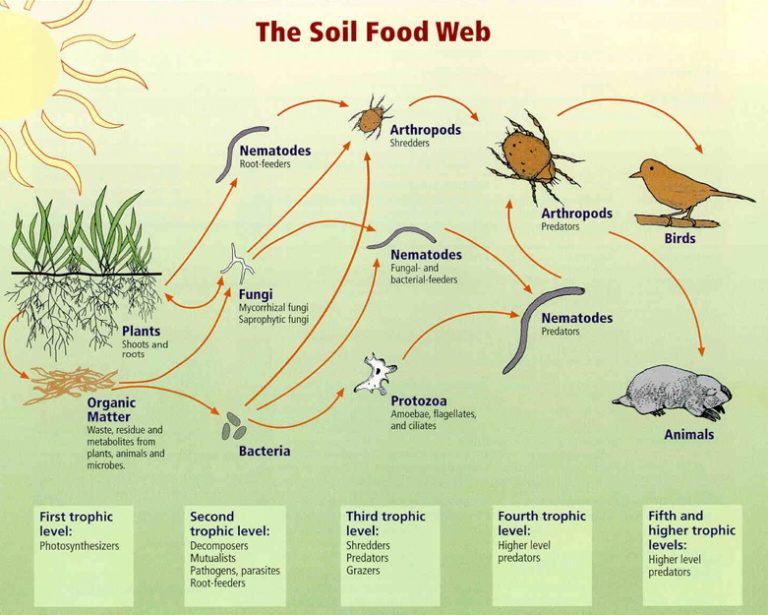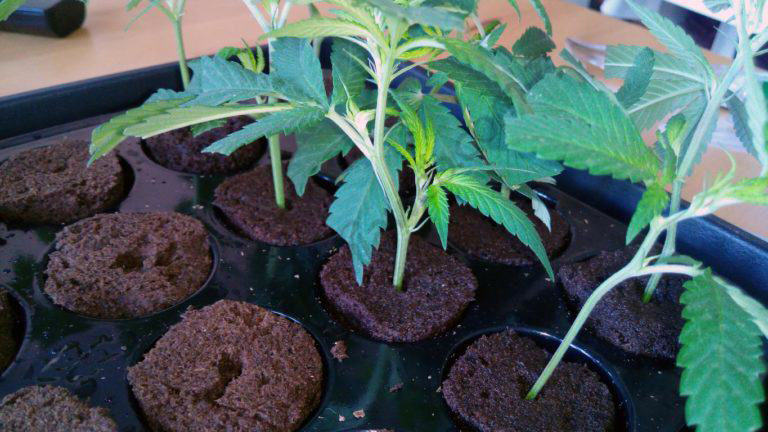Cover Crops, Green Manure & Mulch for cannabis
List of contents
In nature, it's rare to find bare soil, exposed to the elements. Except for human or animal intervention and cataclysms such as landslides or wildfires which temporarily denude it, natural soil is always covered with some kind of vegetation or other. And if you're a gardener trying to maintain a clean vegetable patch, you'll be acutely aware of this, as no matter how much you try to keep the weeds away, they just keep coming back to colonise the bare soil. This is because living soil needs plants to grow in it so it can stay alive, it's just nature's way of keeping soil in optimal health - and we can all learn a thing or two from nature!
The gardening techniques that mimic nature in this way, such as using cover crops, green manure and mulching are fundamental pillars of sustainable organic agriculture, in particular in no-dig or no-till cultivation systems. Depending on how they are managed, cover crops can prevent soil erosion, suppress weeds, increase biodiversity, reduce irrigation requirements, contribute organic matter to the soil and maintain healthy microbial populations in the root zone, all of which can greatly benefit the main crop: cannabis, in our case.
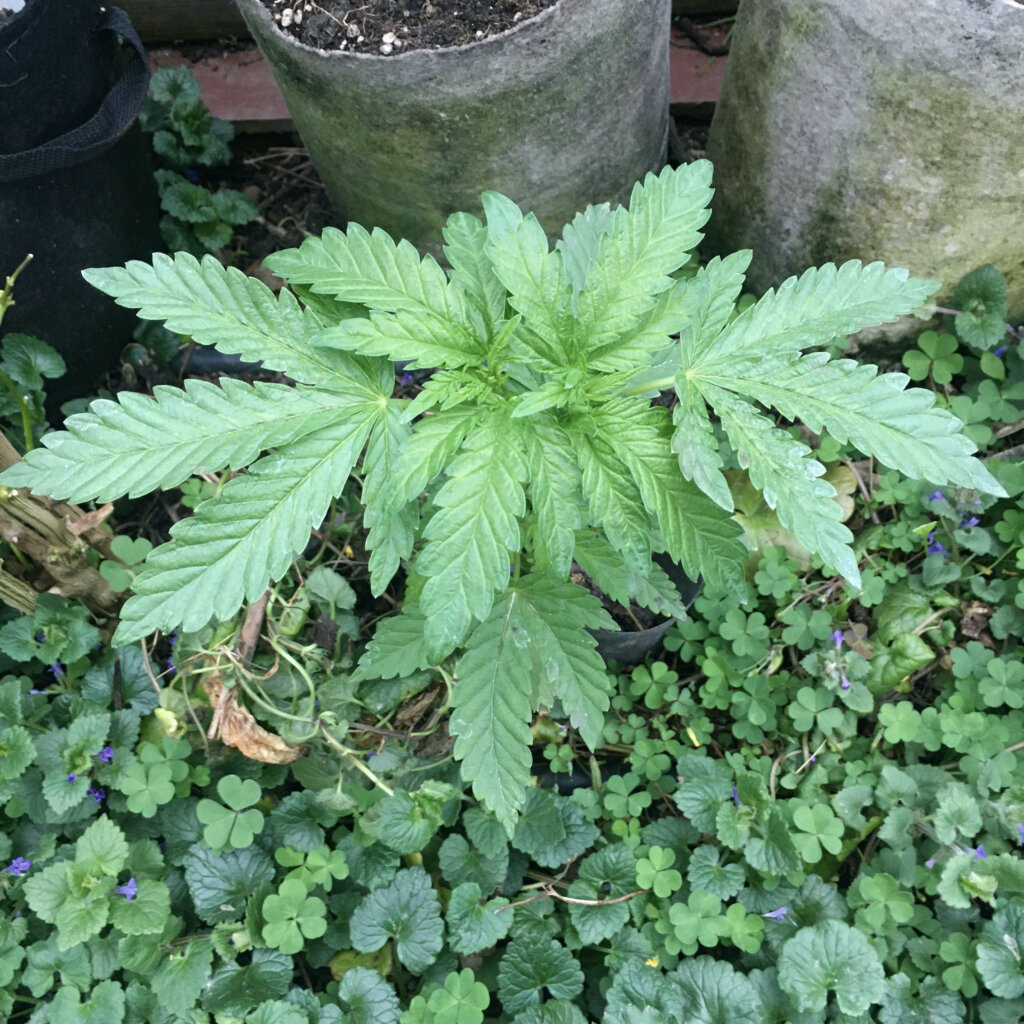
What are cover crops?
A cover crop can be broadly defined as a plant that is not cultivated for harvest but instead is a living mulch grown with the express purpose of covering the soil, usually with the goal of inhibiting weeds, improving the soil and avoiding soil erosion caused by wind, rain or irrigation. Cover crops also serve to keep the soil surface cooler, reducing moisture loss through evaporation, which in turn reduces the need for watering.
The roots of cover crops will break up and aerate heavy, compacted soil while supporting the beneficial microbes needed to make a healthy growing substrate. Although while growing, their roots take water from the soil, cover crops will actually increase the soil's capacity for water retention through the addition of organic matter and through root zone associations with mycorrhizal fungi. Not only that but, as they die and decompose naturally, the roots leave pathways within the substrate for worms and new roots to take advantage of, thus improving soil health and structure, increasing aeration, drainage, and nutrient cycling.
What are suitable cover crops?
Almost any plant can serve as a cover crop, although there are certain characteristics that make some species more suitable than others for this purpose. The cover crop should be vigorous and fast-growing, producing plenty of leaf matter and ground cover but without being invasive. Grasses or Gramineae cover crops such as rye or oats can increase carbon content in the soil, while legume cover crops such as clover, alfalfa and vetch will even draw nitrogen from the air and store it in root nodules, which can fertilise subsequent crops.
- Legumes - used mainly for their nitrogen-fixing properties: Crimson Clover, Red Clover, White Clover, Alfalfa, Hairy Vetch, Medics, Field Pea, Lupin, Chickpea, Lentils.
- Grasses or Graminaeas - nutrient scavengers, high in carbon, primarily used for their increased biomass:
Cereal Rye, Oats, Wheat, Barley, Rye Grass, Millet, Maize. - Brassicas - Possess bio-fumigant properties, releasing root exudates that suppress soil pests and pathogens. Large-rooted brassicas like radish and turnip will break up compacted soil well: Mustard, Canola, Oilseed Radish, Turnip, Kale.
- Non-legume broadleaves: Buckwheat, Spinach, Flax, Phacelia, Dichondra, Claytonia, Chickweed, Pumpkin, Squash.
It's a good idea to use a mix of cover crop species when sowing your cover crop, getting the benefits of each plant in combination. Mixing grass and legumes is a popular choice, as the high nitrogen in the legumes compensates for the high carbon content of the grass, aiding their decomposition.
Growers can also combine other species with their cover crop seed mix to take advantage of the allelopathic properties of certain plants in the management of their garden. As well as including legumes for their nitrogen-fixing capabilities and grasses for their high carbon content, why not add some companion plants such as herbs to repel pest insects or some flowers to attract beneficial predators such as hoverflies. Read more in our blog article about cannabis and allelopathy.
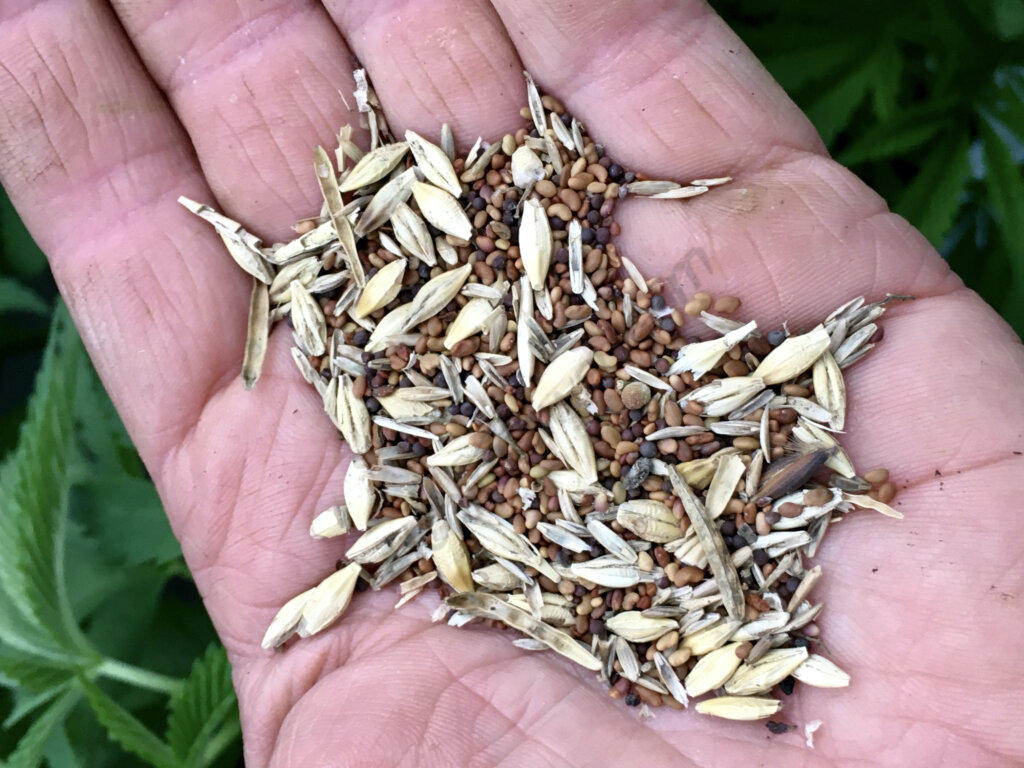
As a general rule, cover crops should not run to seed too quickly, because in most cases, we don't want the cover crop to re-seed itself and potentially create problems for future crops. That's not always the case though because, in certain situations, farmers will often establish a permanent cover crop under perennial crops such as tree fruit or soft fruit. However, before planting the next crop, it's more usual for growers to cut down the cover crop plants and incorporate them into the soil as green manure, while others will cut the taller plants and allow the low-spreading species to continue growing beneath the main crop.
What is green manure?
When the cover crop is cut down and returned to the soil, it becomes green manure, to be broken down by the bacteria, fungi, arthropods and earthworms that form the soil food web. This recycles the nutrients the cover crop contains back into the soil to enrich and improve it in a variety of ways, adding organic matter, improving soil structure and therefore water retention, aeration and drainage, at the same time boosting microbial activity and biodiversity. Incorporating green manures into the soil will also have an acidifying effect, lowering the pH.
Soil Food Web Gardening
Sadly, many times growers don't know what is happening below the ground. Bacteria, fungi, nematodes, protozoa, arthropods, earthworms...all of them are creating a perfect environment for the roots of our plants, and taking profit from it is a wise decision by the farmer. In this post we tell you more about Soil Food Web gardening, a technique which is increasingly used worldwide.
Traditionally, before the main crop is planted, green manure is worked into the soil by mechanical means such as ploughing or digging. However, this method of incorporating the cover crop into the soil does huge damage to the existing soil food web - specifically to the population of beneficial microbes and the networks of fungal hyphae that have been established in the root zone during the cultivation of the cover crop.
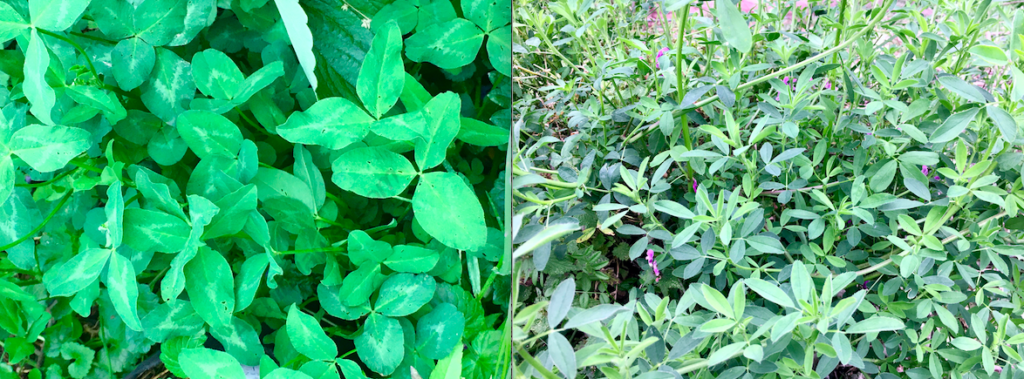
In no-till gardening systems, the cover crop is cut down at ground level at the appropriate moment and left on the surface of the soil as a mulch layer, in an operation often referred to as "chop & drop" or sheet composting. The green manure will decompose at a slightly slower rate than if it were dug into the soil because, in a no-dig garden, we let the earthworms, arthropods and microbes do all the breaking down and digging for us, so we can avoid disturbing the microbiome that has developed in the root zone.
The cover crop plants can be simply cut down and left whole to decompose on the soil surface, forming their own mulch layer. Alternatively, if we want to speed things up a little, the cover crop can be chopped into smaller pieces to aid decomposition, and if we then sprinkle it with a little worm humus and place a layer of mulch on top of them, they'll break down even faster.
What is mulch?
Mulch is a layer of material that covers the soil to suppress weeds and inhibit evaporation, and while large-scale commercial agriculture uses sheet plastic for this purpose, we prefer to use natural or organic matter as it's better for the soil and kinder to the environment. To this end, we can use anything from cardboard and newspaper (most inks used nowadays are organic in source and safe to use in the garden) to leaves, straw, hay, bark or wood chips, even stones and clay pebbles - really whatever is easily available.
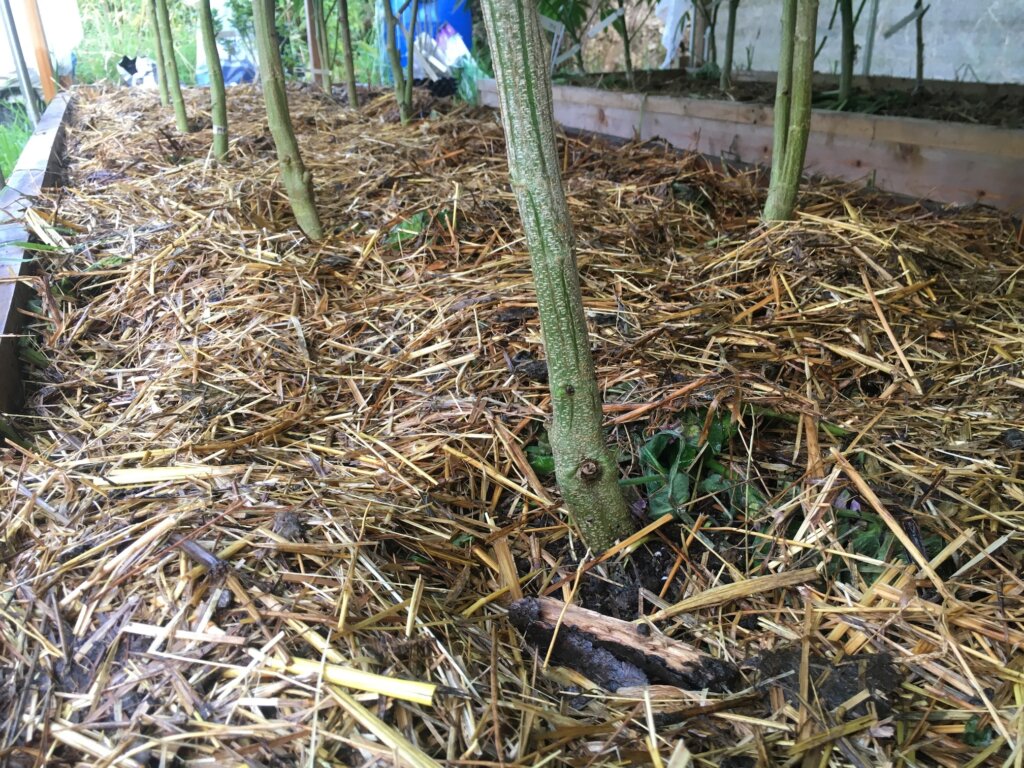
For small-scale cultivation in containers, hay or barley straw are ideal materials for the mulch layer. They are light and easy to work with, they are biodegradable and will help to improve the soil as they slowly break down. They are also breathable, allowing irrigation water to pass through while protecting the soil from excess evaporation, which helps to maintain optimum temperature and humidity conditions for beneficial microbes, earthworms and arthropods to do their job of decomposing the organic material.
For best results, an organic mulch layer of hay or straw should be at least 5cm deep, and preferably up to 10cm. Remember that, because the mulch material will break down over time, it will need to be replenished now and again to maintain the ideal depth. Some cover crop species will grow up through the mulch layer, but this poses no problem because any foliage that gets too tall can simply be cut back and left beneath the mulch where it will decompose and feed the soil life.
Are there any disadvantages to cover crops?
Germination suppression - some varieties of grass can exude chemicals that inhibit the germination of other seeds, so you may need to wait 2-4 weeks after cutting the cover crop to sow the next seeds. The same is true of brassicas which, as they decompose, can release compounds that inhibit seed germination and plant growth. This makes them ideal for weed suppression, but not for sowing your next crop directly in the same soil immediately afterwards.
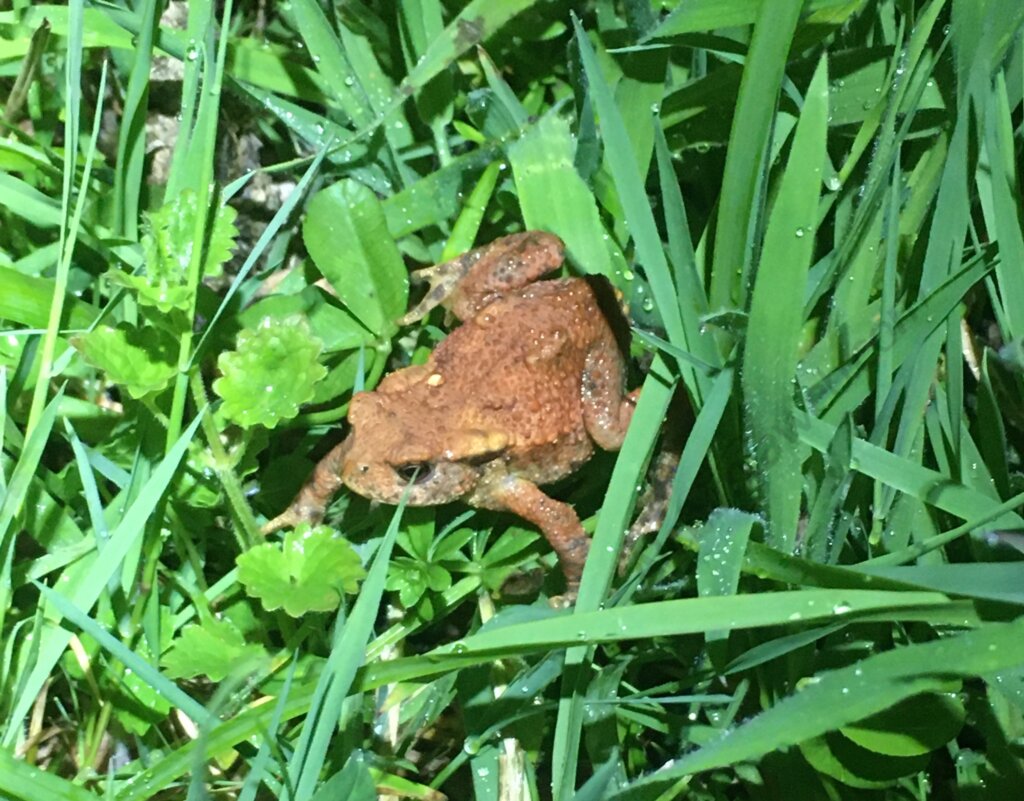
Pests and diseases - some growers prefer not to use cover crops, claiming that they are hosts for pests and pathogens. While this can be true, a properly-managed cover crop need not cause problems for our main cannabis crop. Indeed, the cover crop can often act as an early warning system, alerting us to the presence of potential problems before they affect our cannabis plants.
Managing cover crops in the cannabis garden
Cover crops are a great way to prepare your soil for your cannabis plants, ensuring that it is already vibrant and teeming with beneficial microbial activity when you plant them. This gives your garden the best possible start, making sure that the new plants hit the ground running, so to speak.
Aim to sow your cover crop as early as possible, so it can establish its root system and develop enough biomass before being terminated. In outdoor gardens, sow overwintering cover crops like oats, winter wheat, winter rye, crimson clover and hairy vetch in autumn, around a month before the earliest frost date, so they can get established before the cold weather arrives. Indoor growers should allow 4-8 weeks for the cover crop to establish itself properly, although this can depend on growing conditions, so be prepared to prune your cover crop plants if they get out of hand!
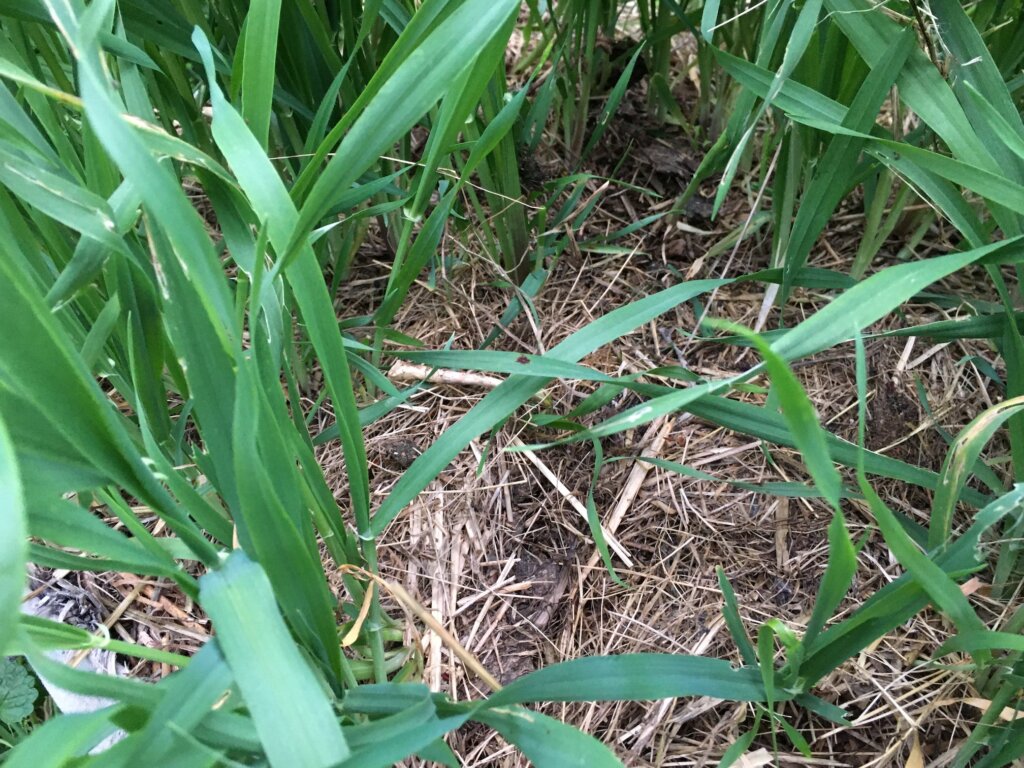
Cannabis growers can plant into cover-cropped soil in various ways, and this will largely depend on the initial size of the cannabis plant you are starting with. If we choose to sow our cannabis seeds directly into the soil, then the cover crop will need to be terminated at least 3-4 weeks before sowing to allow any allelopathic residues that could inhibit germination to break down. Cut the cover crop back to soil level, and chop up the leaves and stems before covering them with a mulch layer. Keep the soil moist and wait for the organic matter to decompose, and when the time is right, simply pull aside the mulch to plant or sow in the improved soil.
If you are planting small seedlings or newly-rooted clones, then you should aim to cut back the cover crop immediately beforehand, to ensure that the new cannabis plants don't get smothered by the cover crop, then carefully apply the mulch layer after planting. On the other hand, if you are up-potting a well-developed cannabis plant into a large container or raised bed, then there may be no need to cut back the cover crop at all, as the cannabis will soon outgrow, overshadow and suppress the cover crop below it.
As we already mentioned earlier, if you don't want the cover crop to reseed itself in the soil, then it must be cut down before its flowers ripen and produce seeds, but that's not the only reason to stop these plants from reaching maturity. As a general rule, legume cover crop plants have their highest amount of biomass and nitrogen levels just before they start to flower, so this is the best time to terminate if the goal is to improve soil fertility and structure.
Nutrient scavenging as an alternative to root flushing
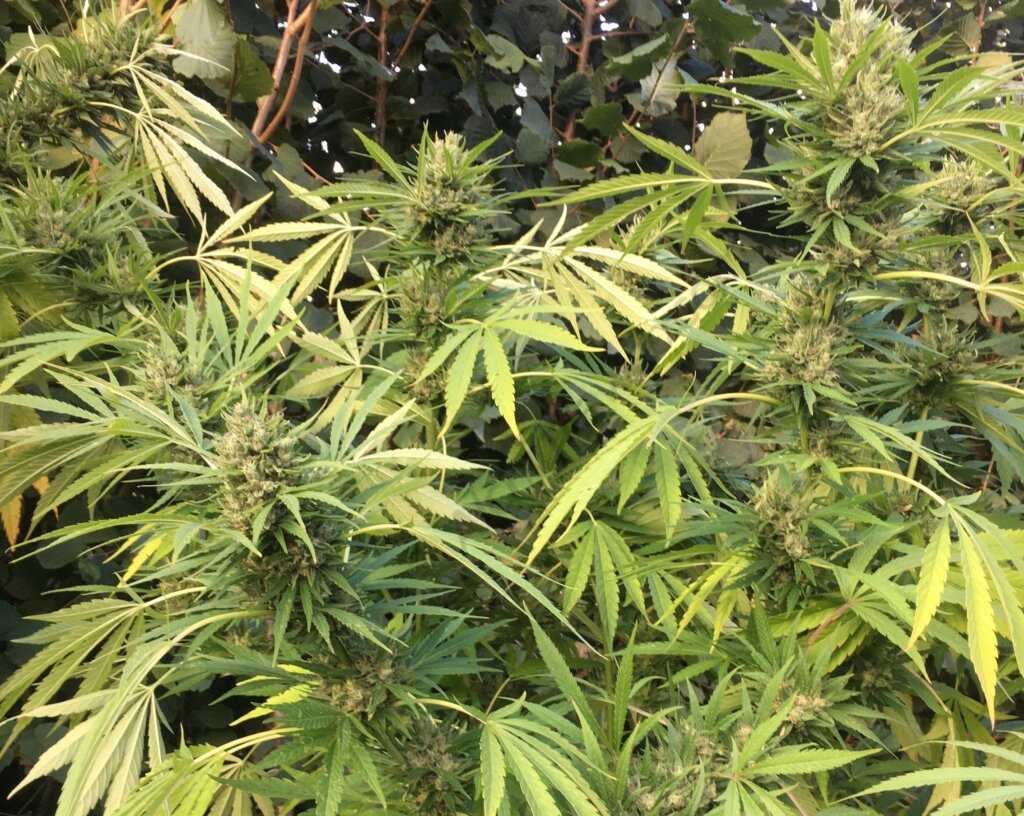
Cover crops have other, less obvious, benefits for cannabis cultivators, one of which is their capacity to scavenge excess nutrients from the soil. Growers who use mineral or organic bottled nutrients will flush their soil with large amounts of water in the last week or so of flowering to rinse away excess nutrient residues and get a cleaner-tasting harvest, but organic, no-till cannabis growers don't usually choose to do this as it tends to kill off a lot of the beneficial microbes in the substrate. Nitrogen-hungry cover crops like grasses can really help in this situation, and if we time their sowing correctly, the cover crop plants will use up the excess nutrients from the soil just as our cannabis plants are reaching maturity, helping us to have a tastier harvest.
Another benefit is pest control. Aside from the aforementioned allelopathic properties, cover crops can be used as trap plants to help control insect pests. Growers have found that aphids are drawn to clover, preferring it to cannabis, so you can use the clover as a sacrificial plant, removing it along with the pests when you see signs of an infestation.
We hope you've enjoyed our article and seen that cover crops and mulches offer a wide range of benefits to organic cultivators and that by following a few simple guidelines, we can keep our soil alive and vibrant between harvests, creating the perfect growing substrate for healthy and vigorous cannabis plants.
Happy growing!
















































